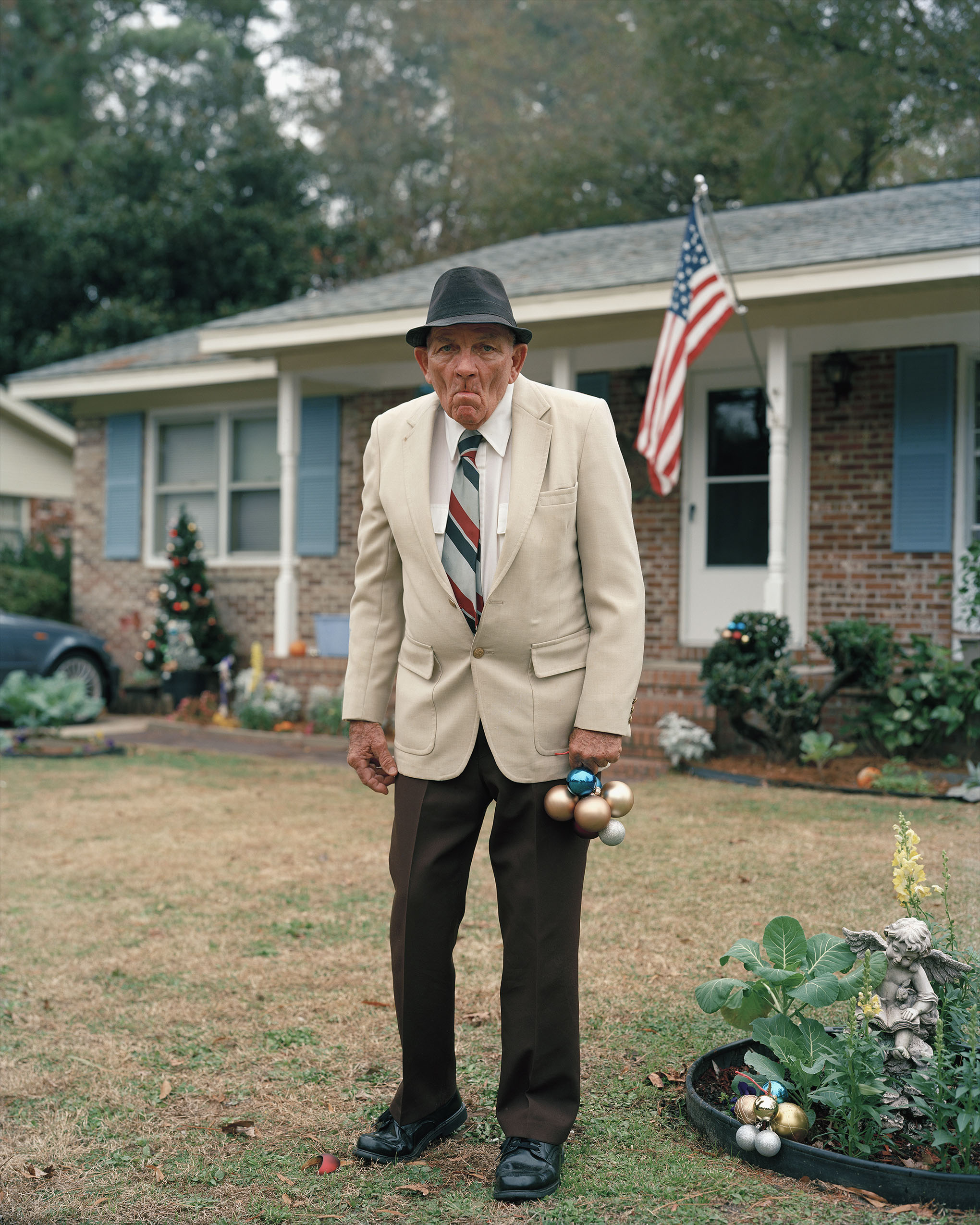miCRo: “Story of a Breath” by Ryan Griffith
2 Minutes Read Time

Assistant Managing Editor Bess Winter: Do objects tell stories? And are the stories that we tell about objects, and the quests for those stories, more important than the objects, themselves? In “Story of a Breath” one object’s history is perfectly encapsulated—and forever inaccessible.
Listen to Ryan Griffith read “Story of a Breath”:
Story of a Breath
If we could release the single bead of breath floating in the green sea of the vase—the glassblower’s breath, you said, trapped in the glass since the long-ago of its making—could it tell us about the secret life of the lungs, throat, skull, could it translate the glassblower’s silence, the wind through his lips, the dark rush of air through his pipe like a horn whose sound will never be born? Could it tell us about the grains of the table and the crack in the hearth, the blue veins straining, the tobacco-stained fingers, the winter, the hours, the wounds, the milk gone sour, and the dead daughter’s song—all blasted and shaped and congealed into this vessel of light, this house of flowers, this time machine at our table, this doubledream of now and then?
Ryan Griffith’s fiction has appeared in Maudlin House, X-R-A-Y, Monkeybicycle, Wigleaf’s Top 50 Very Short Fictions (2012 and 2022), Best Microfiction 2023 and elsewhere. He runs a multimedia narrative installation in San Diego called Relics of the Hypnotist War.
[button link=”https://www.cincinnatireview.com/micro/”] Read More miCRos[/button]

